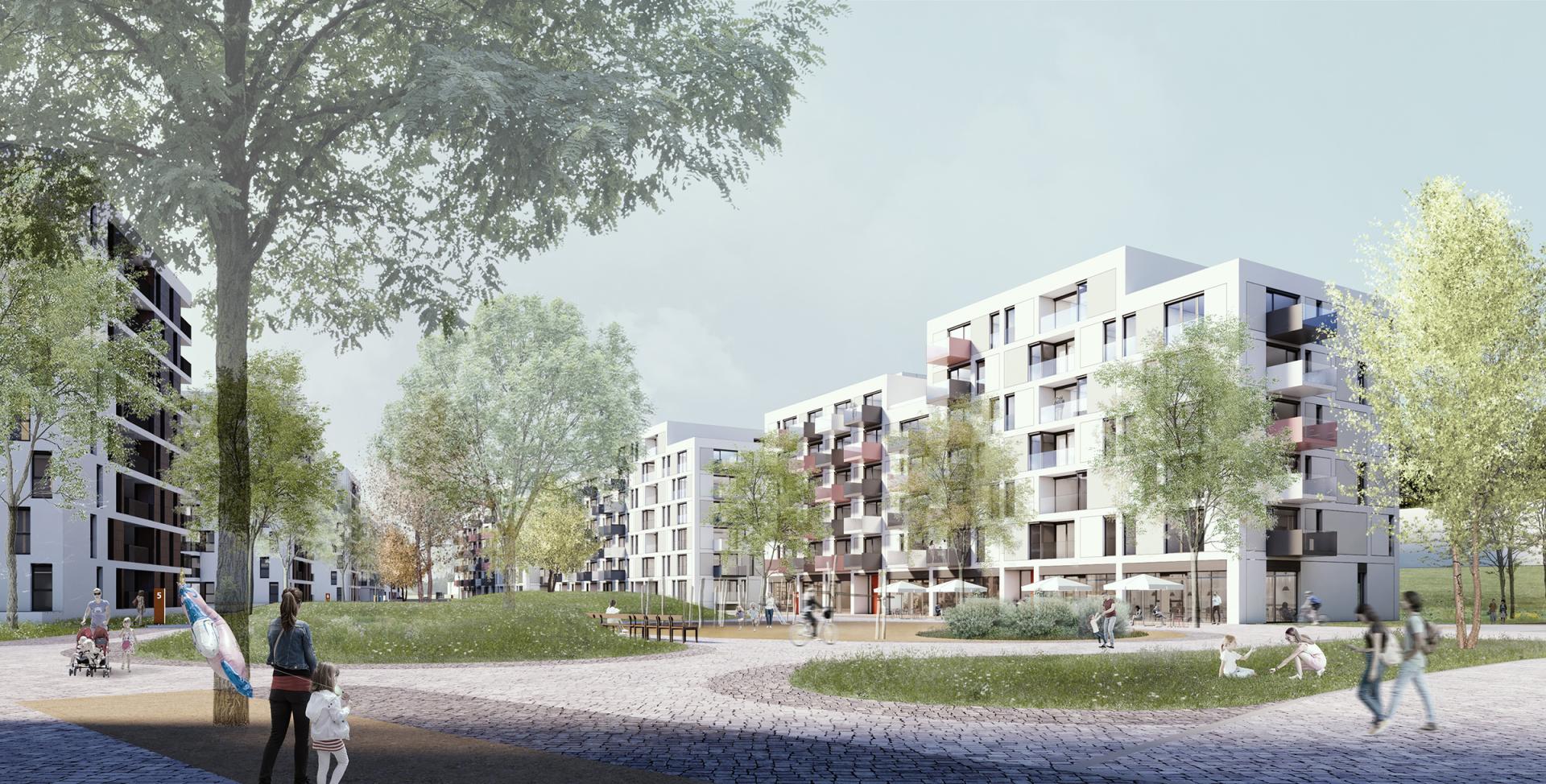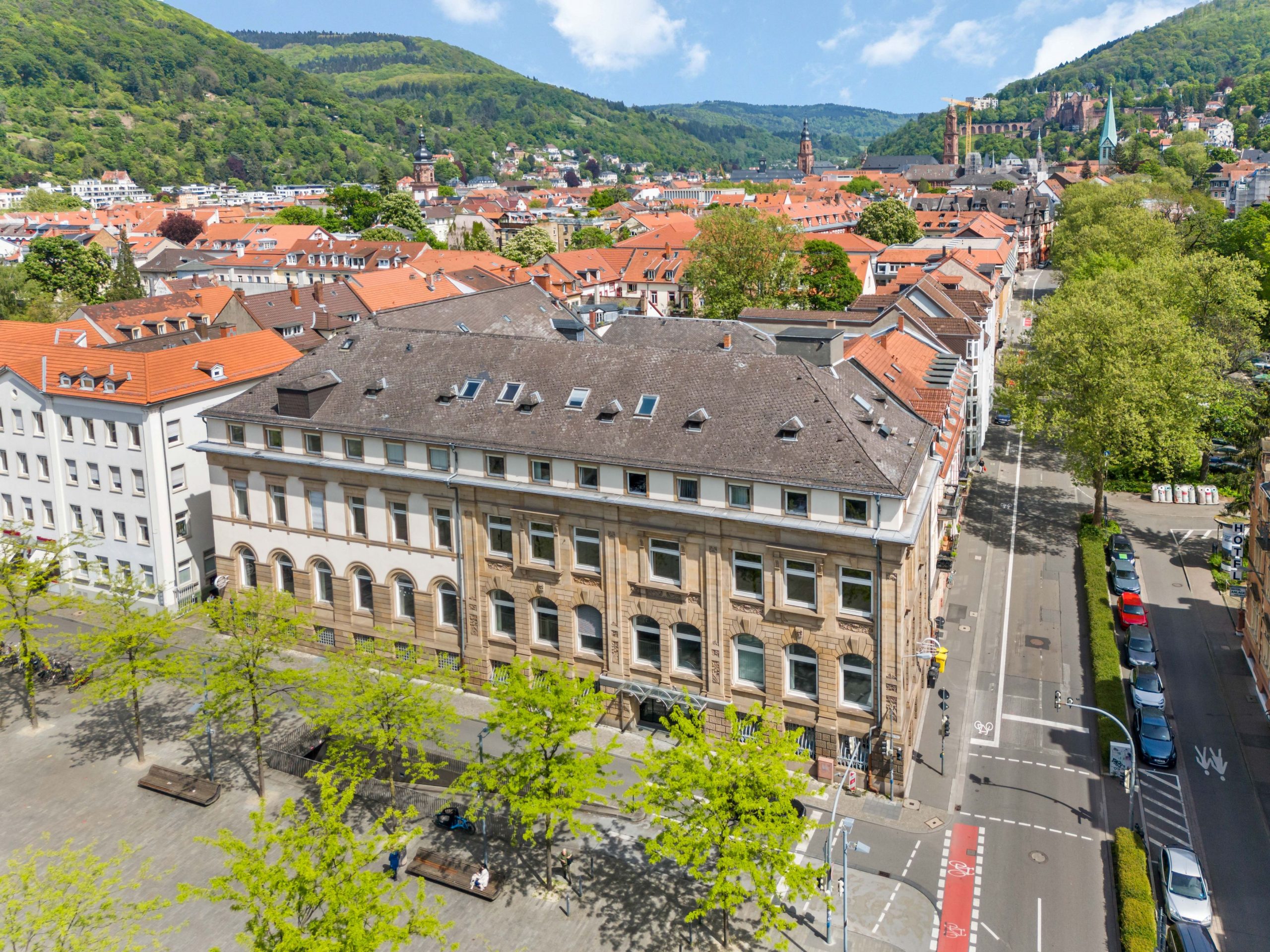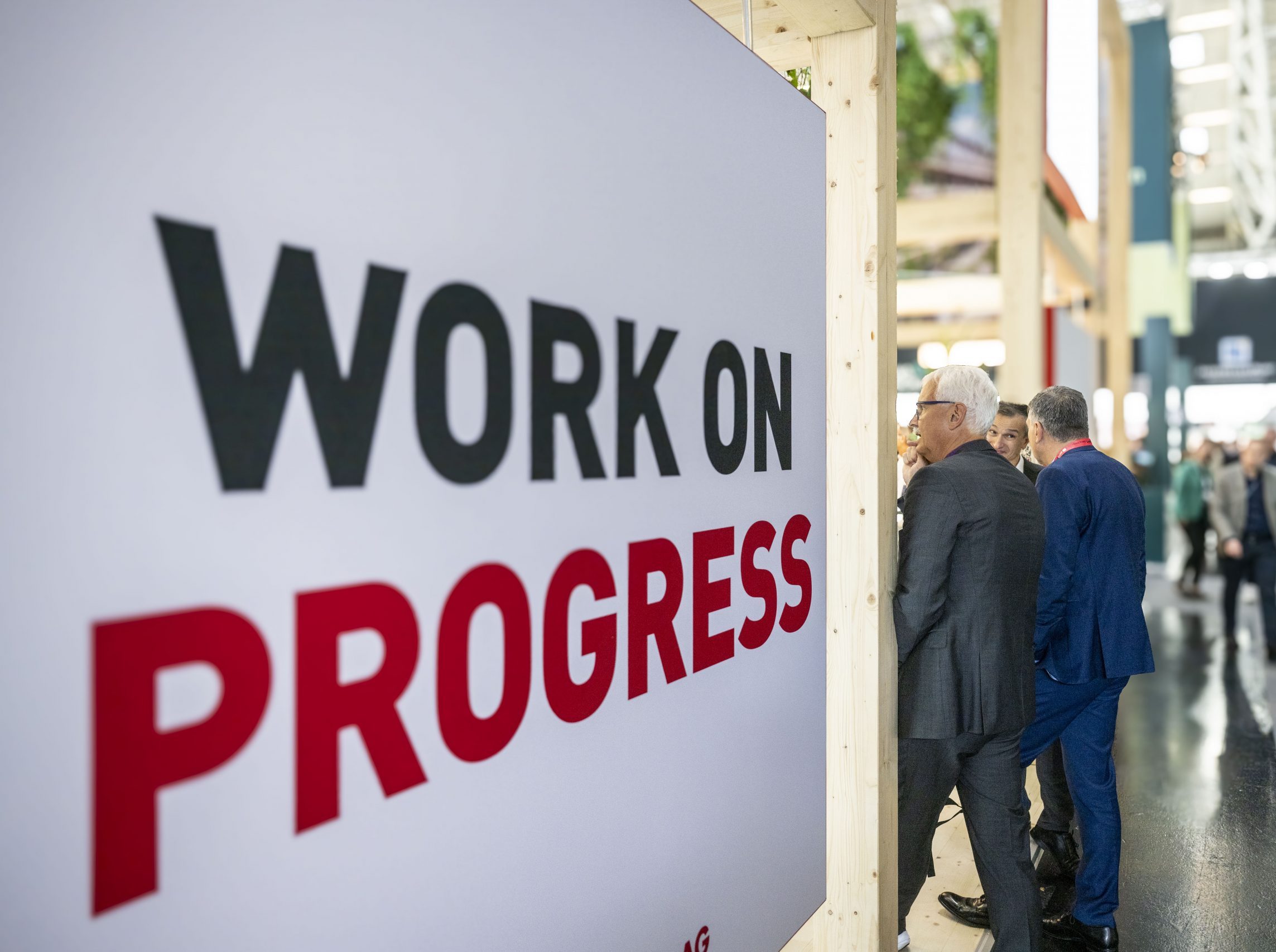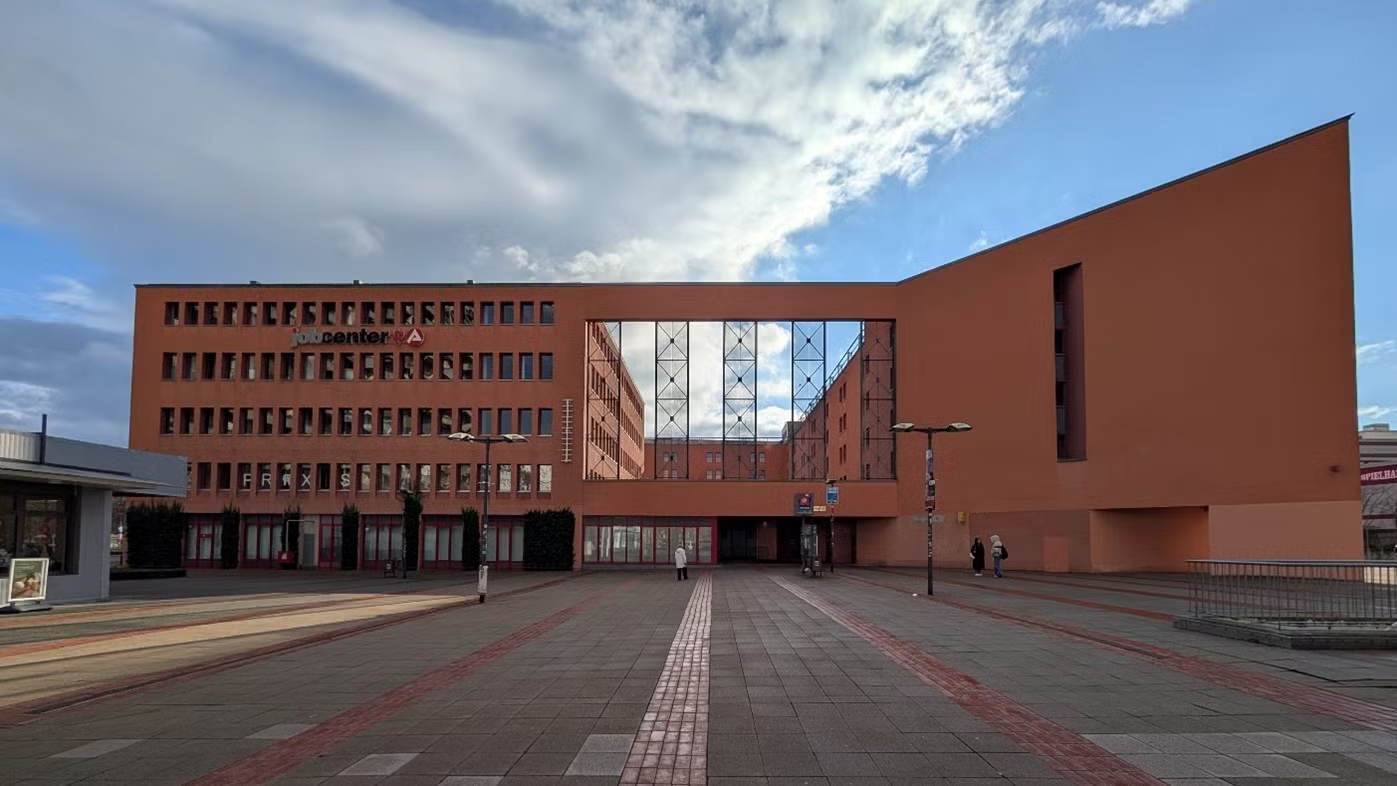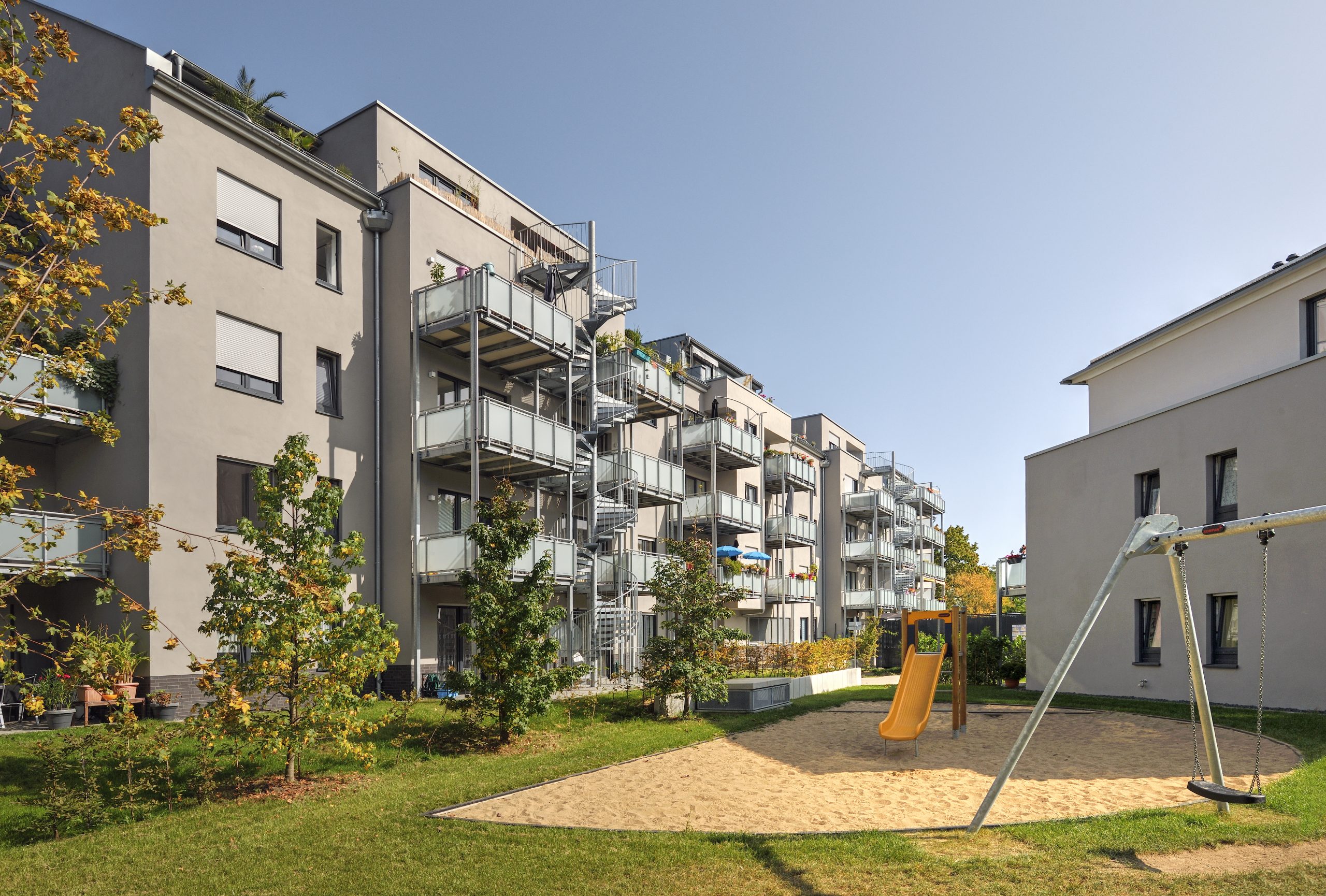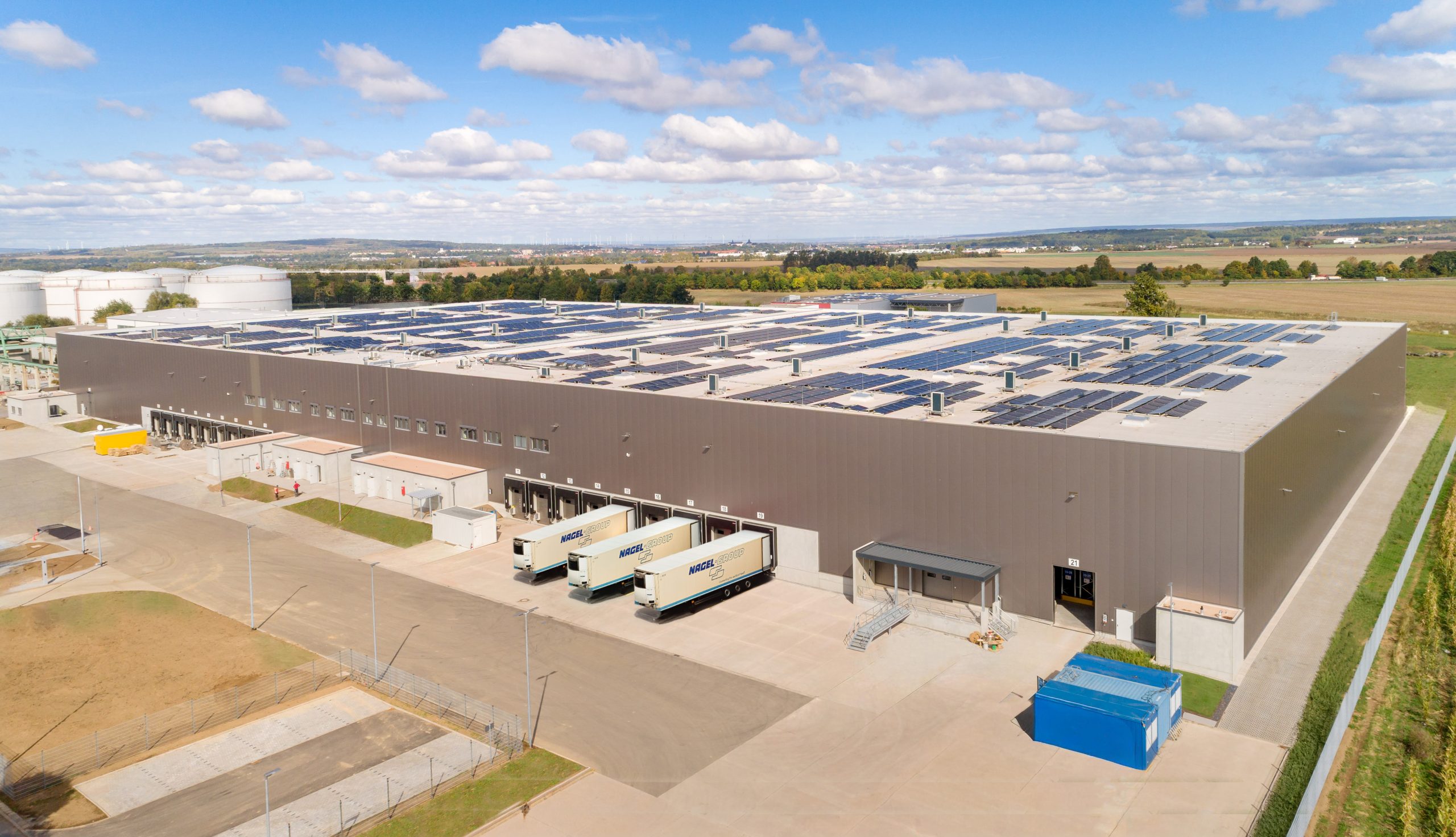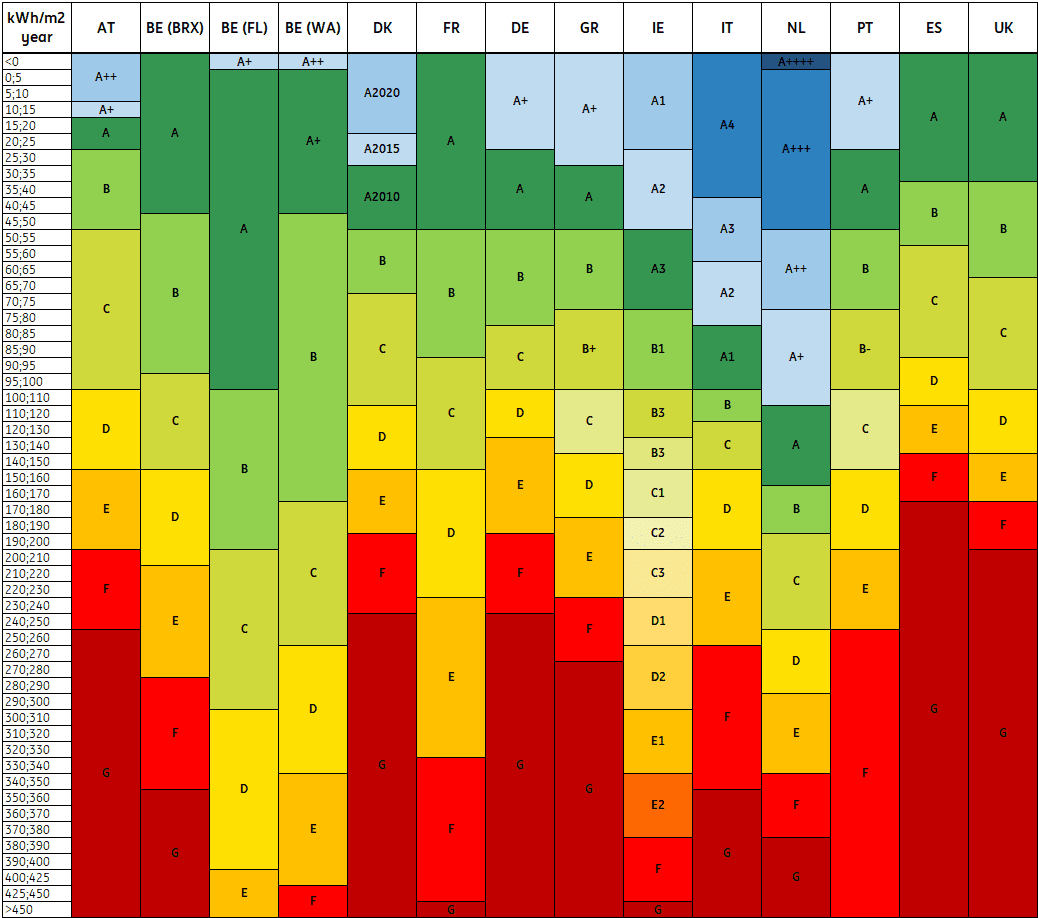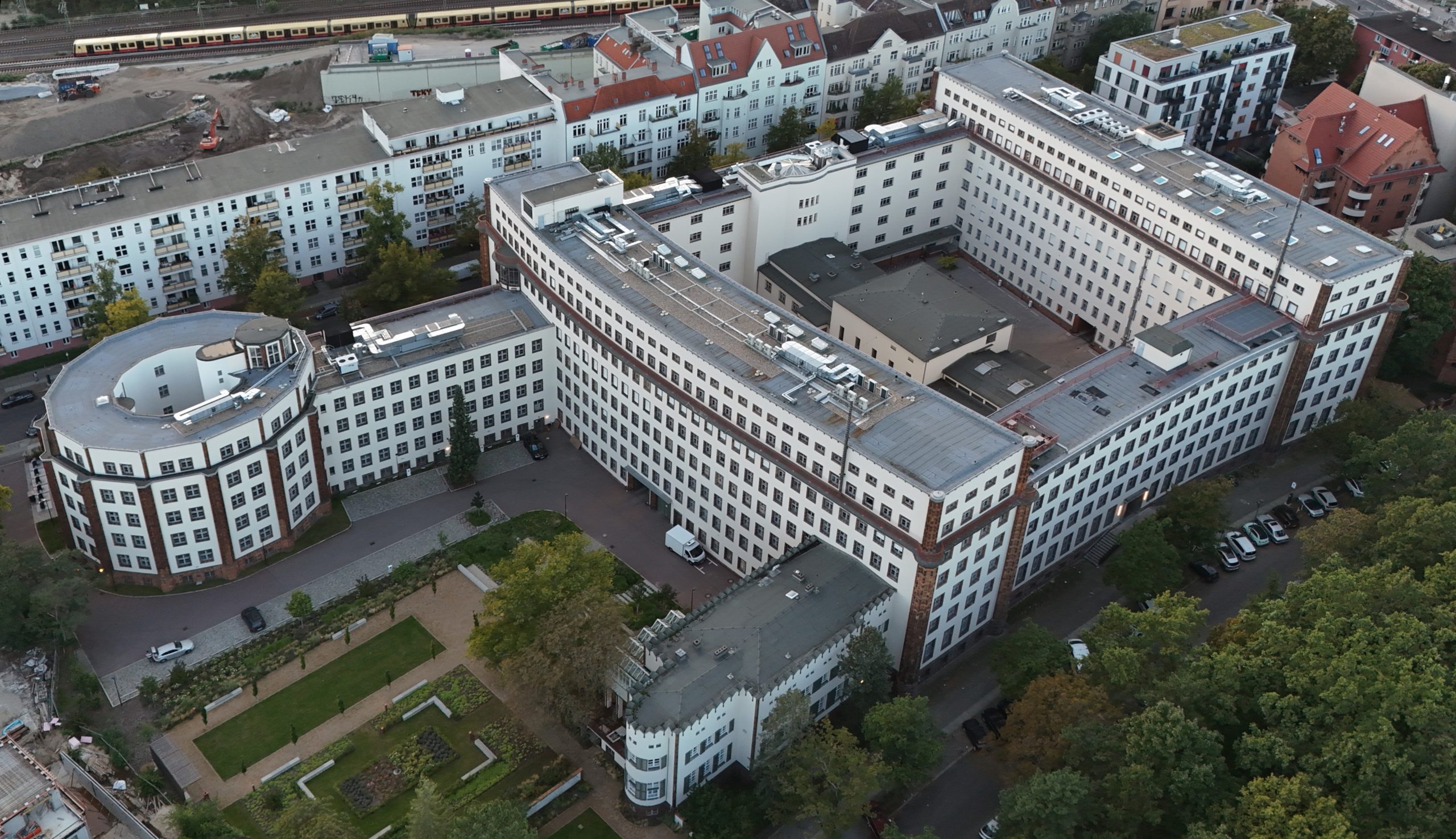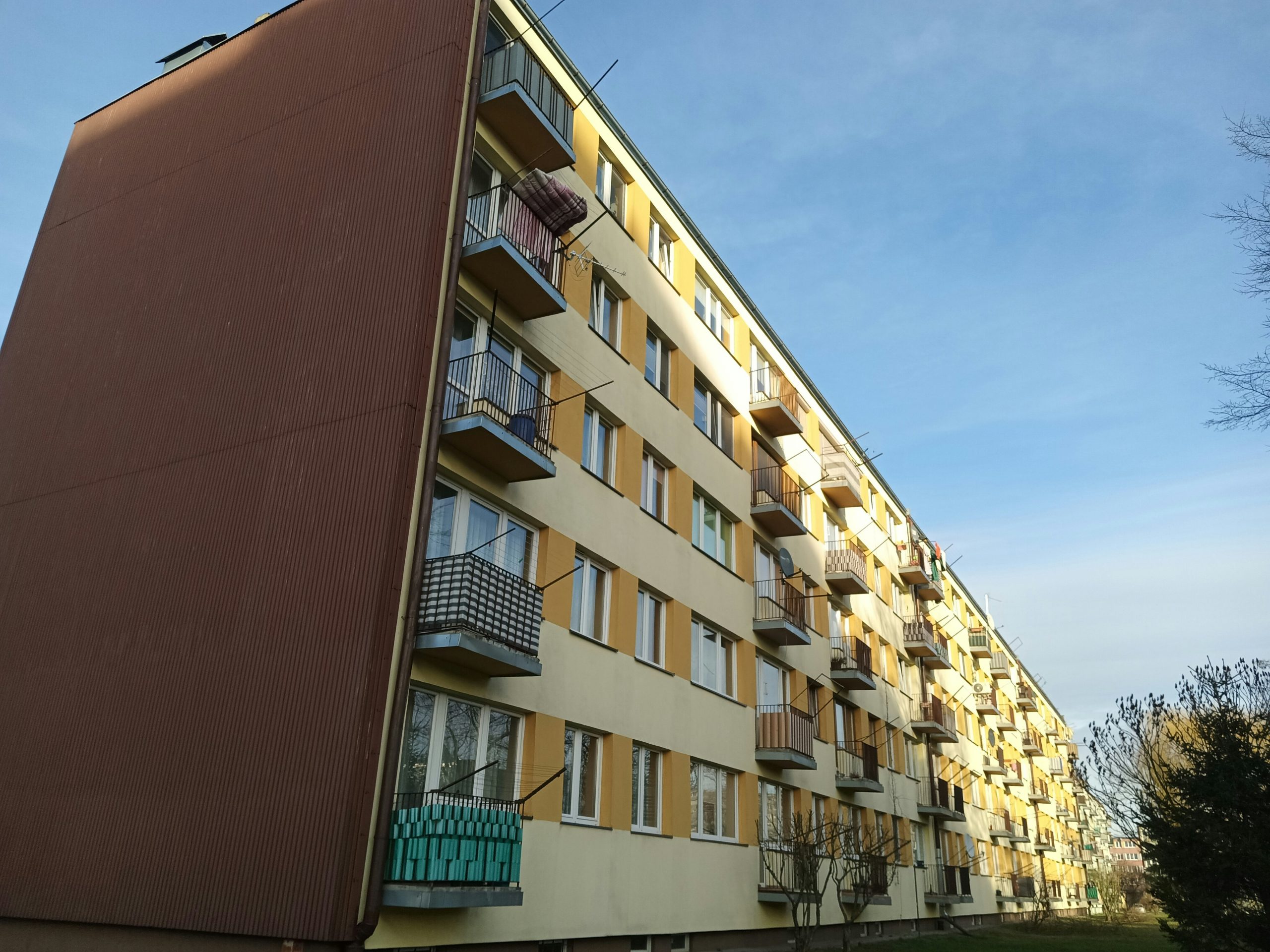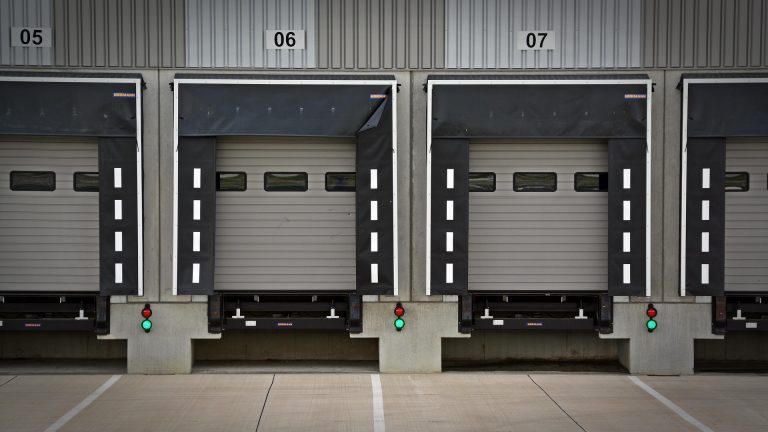The German office market continues to be caught between economic uncertainty, changing working models and the increasing demand for ESG-compliant space. Despite these challenges, the number of office workers increased by 3.7 percent between 2021 and 2024 – more than the total number of employees subject to social security contributions (plus 3.1 percent). This means that demand for office space remains stable, especially in knowledge- and service-oriented sectors. This is shown by the current analysis “Office Report Germany 2025” by Wüest Partner, which analyzes the top 7 cities as well as 30 other B, C and D locations: from Kiel, Bremen and Oldenburg in the north to Freiburg, Heidelberg and Augsburg in the south.
For all 37 cities, Wüest Partner created individual city profiles with key figures on economic power, demographics and office market development. This detailed analysis enables a precise comparison of the opportunity and risk structures of individual markets. The publication is complemented by an interview with Emanuel Coskun, Senior Managing Director at Hines Germany, with the office’s future prospects and the importance of ESG criteria in the market environment.
Rents rise sharply in Berlin, Potsdam and Bonn, high vacancy rates in Frankfurt and Düsseldorf
Berlin recorded the most dynamic development of median rents within the past ten years: Here, the median rent has doubled since 2015 to EUR 22/sqm. Bonn and Potsdam are also considered attractive B and C cities, with rents of over 24 euros per square meter (90 percent quantile) well above average. However, Leipzig, Hanover and Potsdam are also recording high rental growth thanks to positive economic and demographic developments. The highest rents continue to be achieved in the top 7 cities. Munich leads the ranking, with a 90 percent quantile of over 35 euros per square meter.
On the other hand, vacancy rates are significantly higher in individual metropolises: Among the top 7 cities, vacancy rates are highest in Frankfurt (9.9 percent) and Düsseldorf (9.7 percent). In Braunschweig, on the other hand, a vacancy rate of only 1.8 percent supports the rent level.
Regensburg, Karlsruhe and Erfurt with attractive risk-return profiles – highest returns in Ludwigshafen
In addition to the economically strong A cities such as Munich or Frankfurt, selected B and C cities also offer attractive investment opportunities. Regensburg and Karlsruhe, for example, have particularly favourable risk-return profiles, which are characterised by comparatively low risk and competitive returns. Erfurt is also one of the cities with positive development and a balanced market structure
The range of prime yields is wide: While Bonn, Mainz and Potsdam are considered rather low-yielding locations with values of just under five percent, Ludwigshafen offers the highest yield at over six percent, combined with a higher market risk. Locations such as Karlsruhe and Regensburg impress with low risk scores and thus favorable risk-return ratios, while Duisburg or Magdeburg perform less favorably, as higher risks are not offset by correspondingly high return opportunities.
Forecast until 2030: 159,000 new office workers per year – moderate increase in space expected
Wüest Partner expects a moderate increase in demand for office space despite demographic changes, hybrid working models and the increasing use of artificial intelligence. The basis is a forecast increase of around 159,000 additional office workers per year on average until 2030. The largest share of employment growth is accounted for by knowledge- and service-intensive sectors, in particular professional, scientific and technical services, information and communication, and public administration. Together, these sectors are expected to generate around three-quarters of the additional space required.
At the same time, the nature of demand is changing: there is an increasing demand for modern space with flexible usage concepts, a high quality of stay and ESG-compliant furnishings, preferably in central, well-connected locations. In many places, the existing office space stock can no longer meet these requirements. This also increases the need for replacement – through revitalization, conversion or new construction.
“The German office market is facing structural change. The decisive question is not whether office space is needed, but which one. Modern, ESG-compliant buildings with a high quality of use have stable prospects in all market phases,” says Sophie Nieder, Senior Economic Market Analyst at Wüest Partner.
WP_Logo_farbig_RGB_aufWEISS_kleinerRahmen.png MEDIA RELEASE Frankfurt am Mai, 29.07.2025 Office market Germany 2025: robust demand until 2030 – investor opportunities in Regensburg and Karlsruhe – highest yield in Ludwigshafen Wüest Partner publishes new office market study with details on demographics, employment, rent spectrums and yields for 37 German cities Number of office employees grew by 3.7 percent between 2021 and 2024 – stronger than total employment Berlin, Bonn and Potsdam with highest rental dynamics in the past ten years Regensburg and Karlsruhe impress with attractive risk-return profiles Vacancy rate in Frankfurt and Düsseldorf at just under 10 percent Forecast by 2030 shows moderately increasing demand for space despite hybrid working models The German office market continues to be caught between economic uncertainty, changed working models and the increasing demand for ESG-compliant space. Despite these challenges, the number of office workers increased by 3.7 percent between 2021 and 2024 – more than the total number of employees subject to social security contributions (plus 3.1 percent). This means that demand for office space remains stable, especially in knowledge- and service-oriented sectors. This is shown by the current analysis "Office Report Germany 2025" by Wüest Partner, which analyzes the top 7 cities as well as 30 other B, C and D locations: from Kiel, Bremen and Oldenburg in the north to Freiburg, Heidelberg and Augsburg in the south. For all 37 cities, Wüest Partner created individual city profiles with key figures on economic power, demographics and office market development. This detailed analysis enables a precise comparison of the opportunity and risk structures of individual markets. The publication is complemented by an interview with Emanuel Coskun, Senior Managing Director at Hines Germany, with the office's future prospects and the importance of ESG criteria in the market environment. Rents rise sharply in Berlin, Potsdam and Bonn, high vacancy rates in Frankfurt and Düsseldorf Berlin recorded the most dynamic development of median rents within the past ten years: Here, the median rent has doubled since 2015 to 22 EUR/sqm. Bonn and Potsdam are also considered attractive B and C cities, with rents of over 24 euros per square meter (90 percent quantile) well above average. However, Leipzig, Hanover and Potsdam are also recording high rental growth thanks to positive economic and demographic developments. The highest rents continue to be achieved in the top 7 cities. Munich leads the ranking, with a 90 percent quantile of over 35 euros per square meter. On the other hand, vacancy rates are significantly higher in individual metropolises: Among the top 7 cities, vacancy rates are highest in Frankfurt (9.9 percent) and Düsseldorf (9.7 percent). In Braunschweig, on the other hand, a vacancy rate of only 1.8 percent supports the rent level. Regensburg, Karlsruhe and Erfurt with attractive risk-return profiles – highest returns in Ludwigshafen In addition to the economically strong A cities such as Munich or Frankfurt, selected B and C cities also offer attractive investment opportunities. Regensburg and Karlsruhe, for example, have particularly favourable risk-return profiles, which are characterised by comparatively low risk and competitive returns. Erfurt is also one of the cities with positive development and a balanced market structure The range of prime yields is wide: While Bonn, Mainz and Potsdam are considered rather low-yielding locations with values of just under five percent, Ludwigshafen offers the highest yield at over six percent, combined with a higher market risk. Locations such as Karlsruhe and Regensburg impress with low risk scores and thus favorable risk-return ratios, while Duisburg or Magdeburg perform less favorably, as higher risks are not offset by correspondingly high return opportunities. Forecast until 2030: 159,000 new office workers per year – moderate growth in space expected Wüest Partner expects a moderate increase in demand for office space despite demographic changes, hybrid working models and the increasing use of artificial intelligence. The basis is a forecast increase of around 159,000 additional office workers per year on average until 2030. The largest share of employment growth is accounted for by knowledge- and service-intensive sectors, in particular professional, scientific and technical services, information and communication, and public administration. Together, these sectors are expected to generate around three-quarters of the additional space required. At the same time, the nature of demand is changing: there is an increasing demand for modern space with flexible usage concepts, a high quality of stay and ESG-compliant furnishings, preferably in central, well-connected locations. In many places, the existing office space stock can no longer meet these requirements. This also increases the need for replacement – through revitalization, conversion or new construction. "The German office market is facing structural change. The decisive question is not whether office space is needed, but which one. Modern, ESG-compliant buildings with a high quality of use have stable prospects in all market phases," says Sophie Nieder, Senior Economic Market Analyst at Wüest Partner. The full study can be found here.


